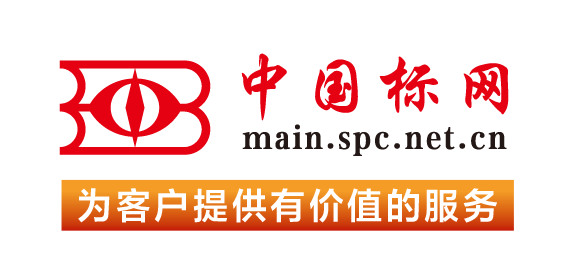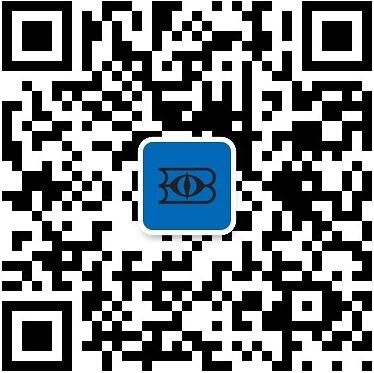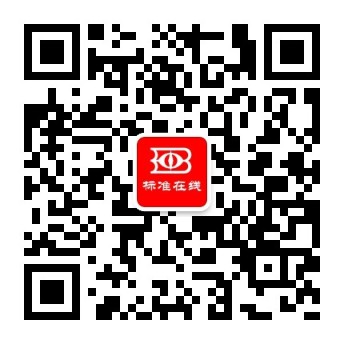5.1 P. aeruginosa is an opportunistic pathogen and has been linked as the causative agent of numerous infections that may be transmitted through a contaminated water supply to a susceptible host.NOTE 1: Fecal waste is >95 % E. coli which is found in humans and warm bloodied animals.5.2 The membrane filtration procedure described is a rapid and reliable test method of detecting P. aeruginosa in water.1.1 The test method covers the isolation and enumeration of Pseudomonas aeruginosa. Testing was performed on spiked samples using reagent grade water as the diluent from surface waters; recreational waters; ground water, water supplies; especially rural nonchlorinated sources; waste water; and saline waters. The detection limit of this test method is one microorganism per 100 mL.1.2 This test method was used successfully with reagent water. It is the user's responsibility to ensure the validity of this test method for surface waters, recreational waters, ground water, rural nonchlorinated sources; waste water; and saline waters.1.3 The values stated in SI units are to be regarded as standard. No other units of measurement are included in this standard.1.4 This standard does not purport to address all of the safety concerns, if any, associated with its use. It is the responsibility of the user of this standard to establish appropriate safety, health, and environmental practices and determine the applicability of regulatory limitations prior to use. Specific hazard statements are given in Section 10.1.5 This international standard was developed in accordance with internationally recognized principles on standardization established in the Decision on Principles for the Development of International Standards, Guides and Recommendations issued by the World Trade Organization Technical Barriers to Trade (TBT) Committee.
定价: 590元 加购物车
5.1 The enterococci are indicators of the bacteriological quality for potable water, shellfish growing waters, ambient, and recreational waters. A direct relationship between swimming, associated gastroenteritis, and enterococci has been established through epidemiological studies and marine and fresh water bathing beaches. These studies have led to the development of criteria that can be used to establish bathing water standards based on established health-water quality relationships.5.2 Since small or large volumes of water or dilutions thereof, can be analyzed by the membrane filter technique, a wide range of levels of enterococci in water can be enumerated and detected.1.1 This test method covers a membrane filter (MF) procedure for the detection and enumeration of the enterococci bacteria in water. The enterococci, which include Entero-coccus faecalis (E. faecalis), E. faecium, and their varieties are commonly found in the feces of humans and other warm-blooded animals. Although some strains are ubiquitous and not related to fecal pollution, enterococci in water are an indication of fecal pollution and the possible presence of enteric pathogens. These bacteria are found in water and wastewater in a wide range of densities. The detection limit is one colony forming unit (CFU)/volume filtered.1.2 This test method has been used successfully with temperate fresh and marine ambient waters, and wastewaters. It is the user’s responsibility to ensure the validity of this test method for waters of untested types.1.3 The values stated in SI units are to be regarded as standard. The values given in parentheses after SI units are included for information only and are not considered standard.1.4 This standard does not purport to address all of the safety concerns, if any, associated with its use. It is the responsibility of the user of this standard to establish appropriate safety, health, and environmental practices and determine the applicability of regulatory limitations prior to use. For specific hazard statements, see Section 9.1.5 This international standard was developed in accordance with internationally recognized principles on standardization established in the Decision on Principles for the Development of International Standards, Guides and Recommendations issued by the World Trade Organization Technical Barriers to Trade (TBT) Committee.
定价: 590元 加购物车
5.1 This test method is useful for measuring recreational water quality and chlorinated wastewaters, although it can be used for any water suspected of contamination by fecal wastes of warm-blooded animals. The significance of finding E. coli in recreational water samples, especially samples obtained from fresh recreational waters, is that there is a risk of gastrointestinal illness, directly related to the E. coli density, associated with swimming.55.2 Since small or large volumes of water or dilutions thereof can be analyzed by the MF technique, a wider range of levels of E. coli in water can be detected and enumerated than with other methods.1.1 This test method describes a membrane filter (MF) procedure for the detection and enumeration of Escherichia coli, a bacterium found exclusively in the feces of humans and other warm-blooded animals. The presence of these microorganisms in water is an indication of fecal pollution and the possible presence of enteric pathogens. These bacteria are found in water and wastewater in a wide range of densities. The detection limit of this procedure is one colony forming unit (CFU) per volume filtered.1.2 This test method has been used successfully with temperate fresh and marine ambient waters, and wastewaters. It is the user’s responsibility to ensure the validity of this test method for waters of other types.1.3 The values stated in SI units are to be regarded as standard.1.4 This standard does not purport to address all of the safety concerns, if any, associated with its use. It is the responsibility of the user of this standard to establish appropriate safety, health, and environmental practices and determine the applicability of regulatory limitations prior to use. For specific hazard statements, see Section 9.1.5 This international standard was developed in accordance with internationally recognized principles on standardization established in the Decision on Principles for the Development of International Standards, Guides and Recommendations issued by the World Trade Organization Technical Barriers to Trade (TBT) Committee.
定价: 590元 加购物车
 我的标准
我的标准 购物车
购物车 400-168-0010
400-168-0010











 对不起,暂未有相关搜索结果!
对不起,暂未有相关搜索结果!













